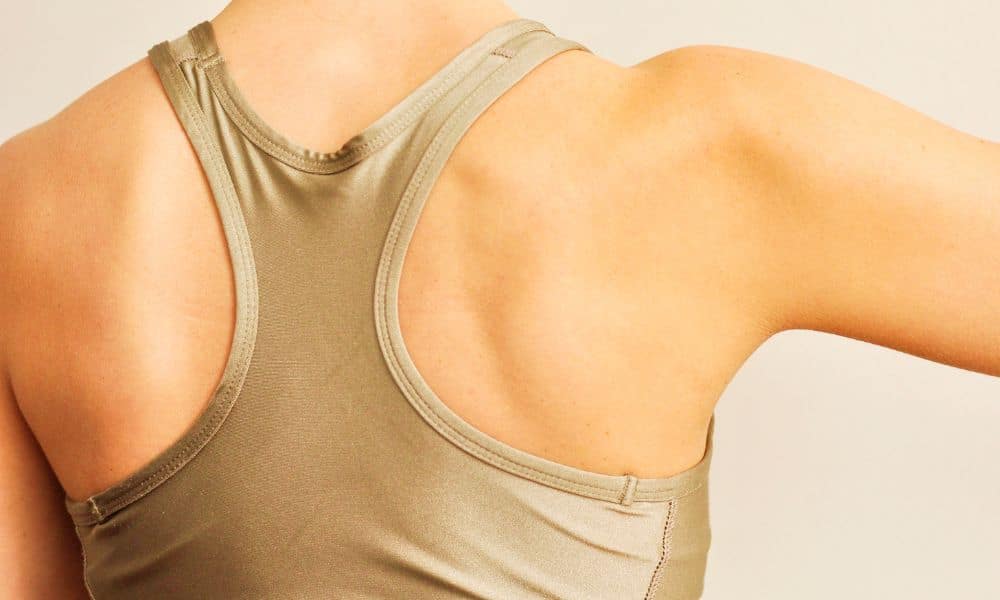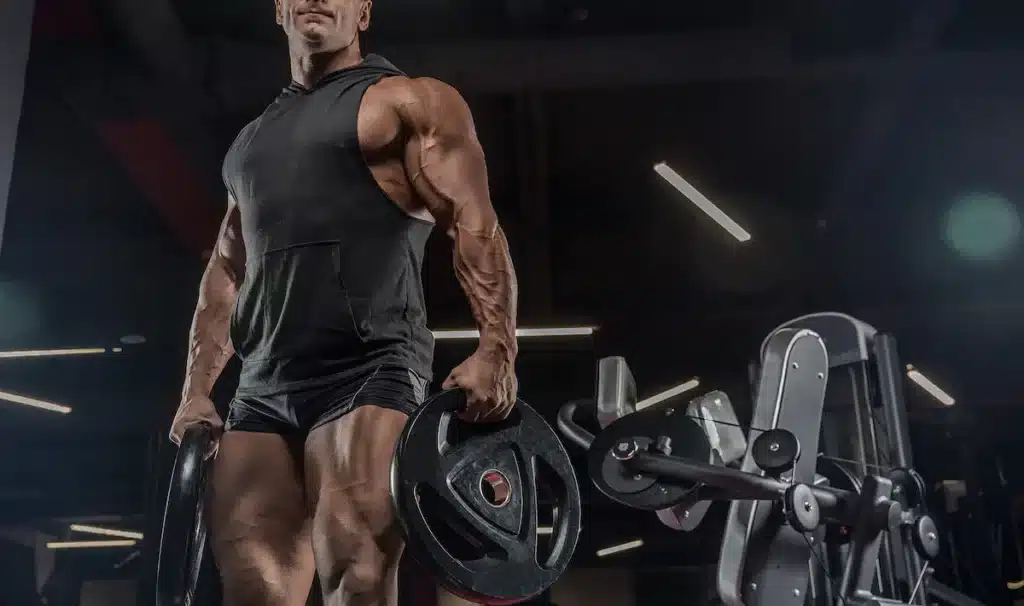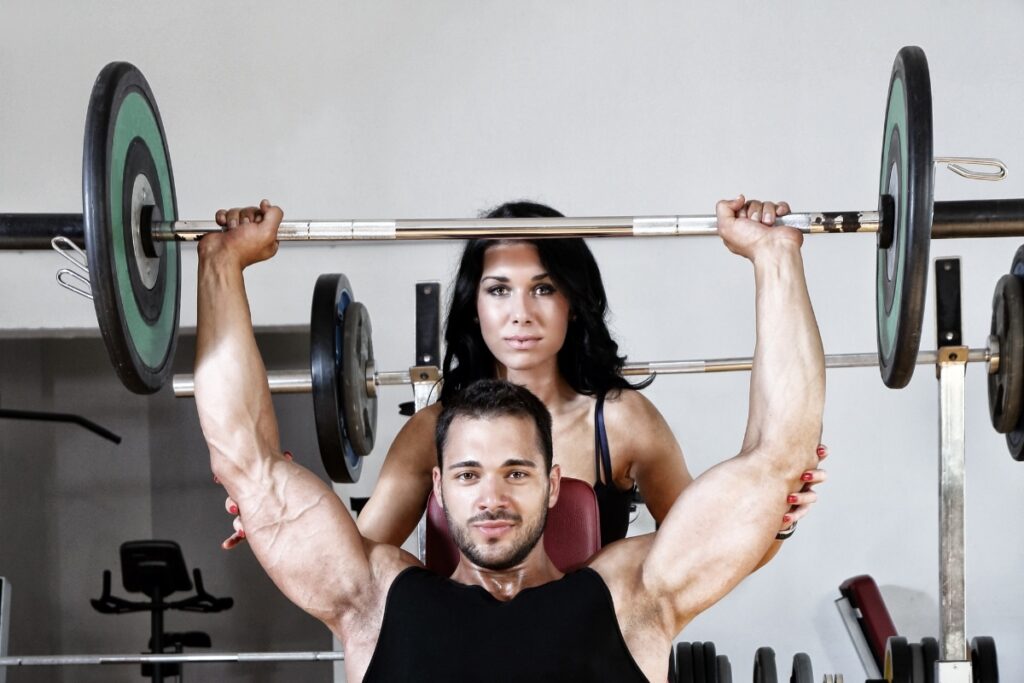What is the anatomy of the shoulders, and how to use it to build muscles? There is nothing sexier than building perfectly toned and defined muscles. Many people spend hours in the gym but still cannot get results. To get an ideal body, try to give the proper focus to each muscle group separately.
Therefore, this article will explain how to build shoulder muscles in light of their anatomy. Looking closely at the shoulders’ anatomy, it consists of two main muscles; Deltoids and the Rotator Cuff Group.
Deltoids:
The Deltoids can be seen outside the body and provide width to the upper body. Moreover, its deltoids contribute to the V-taper physique. Deltoid muscles further consist of three main parts. These include:
Anterior
The anterior deltoid is responsible for contracting the shoulder’s anterior side, thus helping the arms’ forward movement. Besides, it helps with transverse adduction using the pectoralis major muscles (chest muscles).
Lateral
The Lateral deltoids are responsible for the upper body structure’s overall width and are the muscle’s head. Bodybuilders need to build these muscles for an aesthetic look. Its primary function is shoulder abduction.
Posterior
Regarding the structural stability of the shoulders, posterior deltoids play a crucial role. There is a misconception that rear deltoids are involved in back exercises, but it is not valid. This muscle also helps with transverse abduction.
Rotator Cuff:
As its name indicates, the rotator cuff helps you rotate your shoulders in all directions. Moreover, these muscles play a crucial role in stabilizing the movement of shoulder joints. Rotator cuff muscles further consist of four muscles. These include:
Infraspinatus
The back of the shoulder is attached to the head of the humerus. The Infraspinatus helps your arms and shoulders to move and stay stable.
Supraspinatus
It is a relatively minor muscle than Infraspinatus and is present in the upper back. The Supraspinatus is separated from the Infraspinatus through the spine of the scapula. Moreover, it helps the shoulder with the abduction movement.
Teres Minor
It is a small, narrow, and intrinsic shoulder muscle. The Teres Minor originates from the lateral border of the scapula and ends at the tubercle of the humerus. Its primary function is to help the shoulder to rotate externally.
Subscapularis
It is a sizeable triangular-shaped muscle and helps to move your shoulder internally. The Subscapularis is the most massive muscle of the rotator cuff group, which helps attach your upper arm to the shoulder.
How to build shoulder muscles
Once you have learned about the shoulders’ anatomy, it will be easy to identify the best shoulder exercises to build the shoulder muscles.
The best shoulder exercises in light of the anatomy of the shoulder:
Some special exercises and workouts target your shoulder muscles and help them grow. These include:
- Barbell or dumbbell shoulder press
- Seated side lateral raise
- Upright rows
- Single-arm lateral raise
- Side lateral to front raise
- Barbell push-up
- Standing military press
The last words on the anatomy of the shoulders to build muscle
The key to getting powerful, broad shoulders is to do all the exercises correctly. Therefore, choose the targeted activities for the shoulders to achieve your desired results. The shoulder muscles are a complex group of muscles that you can work to achieve the desired results.
Understanding the anatomy of the shoulders will help you target these muscles more effectively and build muscle for strength and size. Remember to use a variety of exercises, weights, and repetitions to work all areas of the shoulder muscles for the best results.
That’s it for the anatomy of the shoulders. We hope you now better understand how to build muscle in this area. Remember, focus on compound exercises that work multiple muscles and use heavier weights to overload the muscles. Make sure you are using the proper form to avoid injuring yourself. Give these exercises a try.
If you or someone you know is considering bodybuilding, share this article on Facebook or Twitter so that others can learn more about building muscle.




